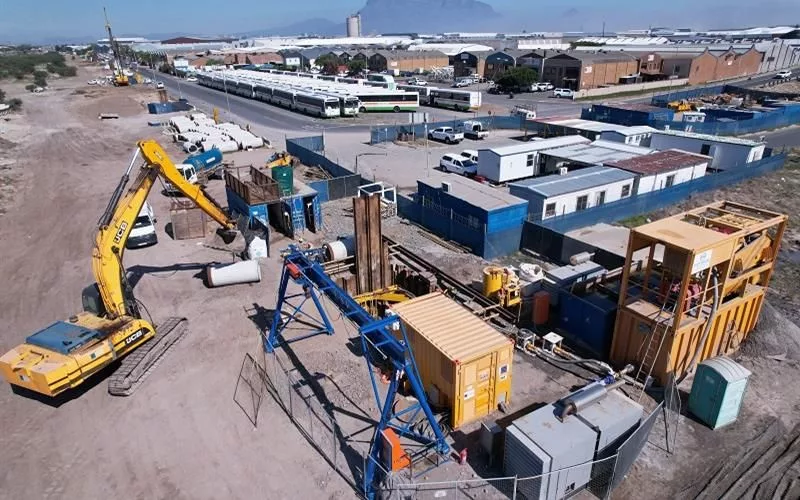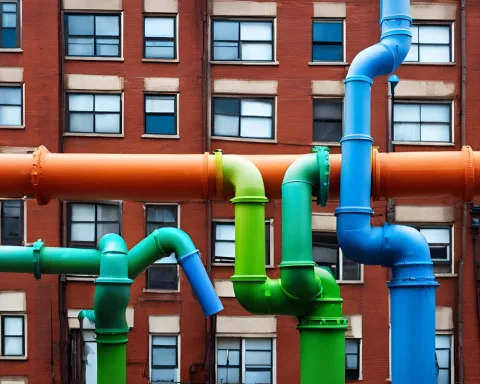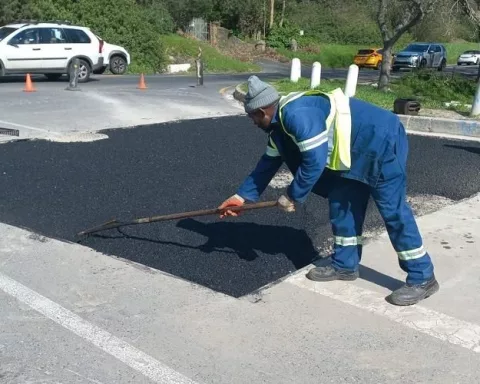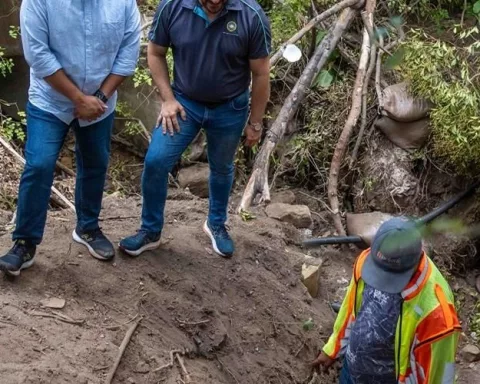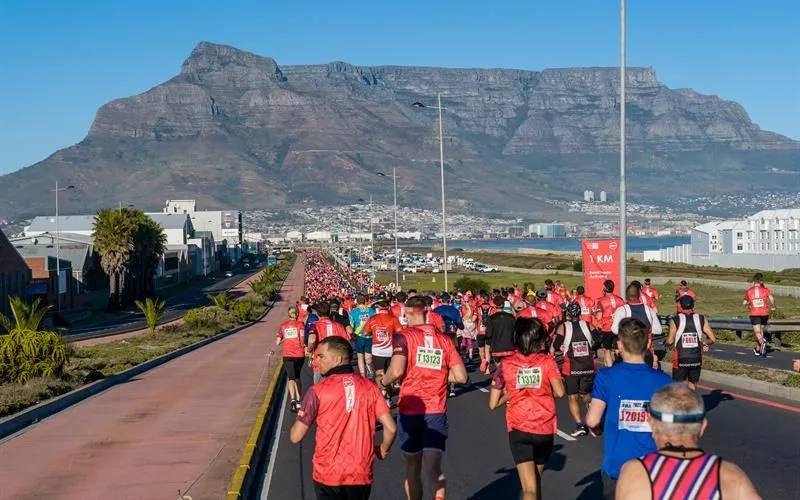Cape Town is upgrading its aging water and sanitation infrastructure due to population growth and deteriorating pipes, with the Water and Sanitation Directorate aiming to replace 50,000 meters of water pipes by 2023/2024. The city has already replaced over 40,315 meters by March 2024, with dedicated teams working on projects across various locations to achieve significant progress towards their goal. This infrastructure overhaul is a story of resilience and determination, securing Cape Town’s sustainable future.
Cape Town faces the challenge of upgrading its dated water and sanitation infrastructure due to rapid population growth and deteriorating pipes. The Water and Sanitation Directorate aims to replace 50,000 meters of water pipes by 2023/2024 and had replaced over 40,315 meters by March 2024. Dedicated teams worked to replace water and sewer pipes in various locations, achieving significant progress towards the city’s goal. This infrastructure overhaul is a story of resilience and determination, securing Cape Town’s sustainable future.
Nestled in South Africa’s southwestern coast lies Cape Town, a flourishing city that has been relentlessly grappling and triumphing over a persistent challenge – the upgrade of its dated water and sanitation infrastructure. An intense sense of urgency can be felt pulsating throughout the city’s operations, a sensation that is clearly evident in each sewer and pipe replacement project currently in progress.
Setting an Ambitious Objective
The Water and Sanitation Directorate of the city has set an ambitious target for the financial year 2023/2024: to replace a whopping 50,000 meters of water pipes. While this endeavor might seem a bit daring, it is, indeed, born out of absolute necessity. Rapid population growth, coupled with the relentless deterioration of old pipes, has led to an urgent requirement for a comprehensive infrastructure upgrade.
As the month of March 2024 came to its end, the city was gradually nearing its goal. The Directorate had succeeded in replacing more than 40,315 meters of water pipes, achieving over 80% of its objective. This accomplishment stands as a testament to the city’s workforce’s unwavering commitment and determination to ensure a dependable water supply and sewage service for its inhabitants.
Hard-Working Teams and Significant Progress
The front lines of this infrastructure overhaul were manned by dedicated teams replacing water pipes across various parts of Cape Town. From Goodwood to Bellville, Fresnaye to Gordon’s Bay, and extending to Ottery, Ocean View, Southfield, Constantia, Hout Bay, and Fish Hoek, a total of 3,889 meters of water pipes were replaced.
At the same time, the unsung heroes of Cape Town succeeded in replacing 10,311 meters of sewer pipes in locations ranging from Parow North, Maitland, Brackenfell, Scottsville Kraaifontein, Strand, Eerste River, Mission Grounds (Sir Lowry’s Pass), Kuils River, Bergvliet, Tokai, Southfield, Lotus River, to Muizenberg.
A special acknowledgment is deserved by Southfield, a bustling neighborhood that saw the replacement of 2,285 meters of sewer pipes and 1,083 meters of water pipes. This marked the highest volume of work achieved in both categories for the month of March.
Leadership and Future Prospects
Councillor Zahid Badroodien, a pivotal player in this transformative venture, emphasized the importance of this massive infrastructure overhaul. The Mayoral Committee Member for Water and Sanitation painted a clear image of a city devoted to building robust water and sanitation infrastructure to keep up with its swiftly growing population.
As the city propels forward with the din of pipes being replaced and machines humming in the background serving as a potent reminder of its commitment, a sense of accomplishment is evident. The city has already successfully replaced 40,315 meters of water pipes and 51,189 meters of sewer pipes by the end of March, making significant progress in its ambitious project.
A Tale of Resilience and Determination
This continuous effort is more than a story about replacing pipes and meters, it’s about a city and its people. It’s a narrative of resilience and determination, a tribute to a community’s collective willpower working tirelessly towards a shared objective. It’s the story of Cape Town, a city that continues to thrive, expand, and conquer the obstacles of decaying infrastructure in its quest for a brighter, more sustainable future.
In the big picture, these continuous efforts are about more than merely ensuring a reliable supply of water and sanitation services. They are about securing Cape Town’s future, safeguarding its lively spirit, and preserving the quality of life that its residents hold dear. While the goal is ambitious, Cape Town is well on its path, demonstrating that no aim is too daring when a city and its people’s future is on the line.
1. Why is Cape Town upgrading its water and sanitation infrastructure?
Cape Town is upgrading its aging water and sanitation infrastructure due to population growth and deteriorating pipes.
2. What is the Water and Sanitation Directorate’s objective for 2023/2024?
The Water and Sanitation Directorate’s objective for 2023/2024 is to replace 50,000 meters of water pipes.
3. How much progress has been made towards the Water and Sanitation Directorate’s goal?
By March 2024, the city had replaced over 40,315 meters of water pipes, achieving over 80% of their objective.
4. What areas have seen significant progress in water and sewer pipe replacement?
Various locations across Cape Town, including Goodwood, Bellville, and Southfield, have seen significant progress in water and sewer pipe replacement.
5. Who is Councillor Zahid Badroodien and what is his role in the infrastructure overhaul?
Councillor Zahid Badroodien is the Mayoral Committee Member for Water and Sanitation and is a pivotal player in the infrastructure overhaul. He emphasizes the importance of building robust water and sanitation infrastructure to keep up with Cape Town’s swiftly growing population.
6. What is the significance of the infrastructure overhaul for Cape Town and its residents?
The infrastructure overhaul is a story of resilience and determination, securing Cape Town’s sustainable future and preserving the quality of life that its residents hold dear. It demonstrates that no aim is too daring when a city and its people’s future is on the line.

